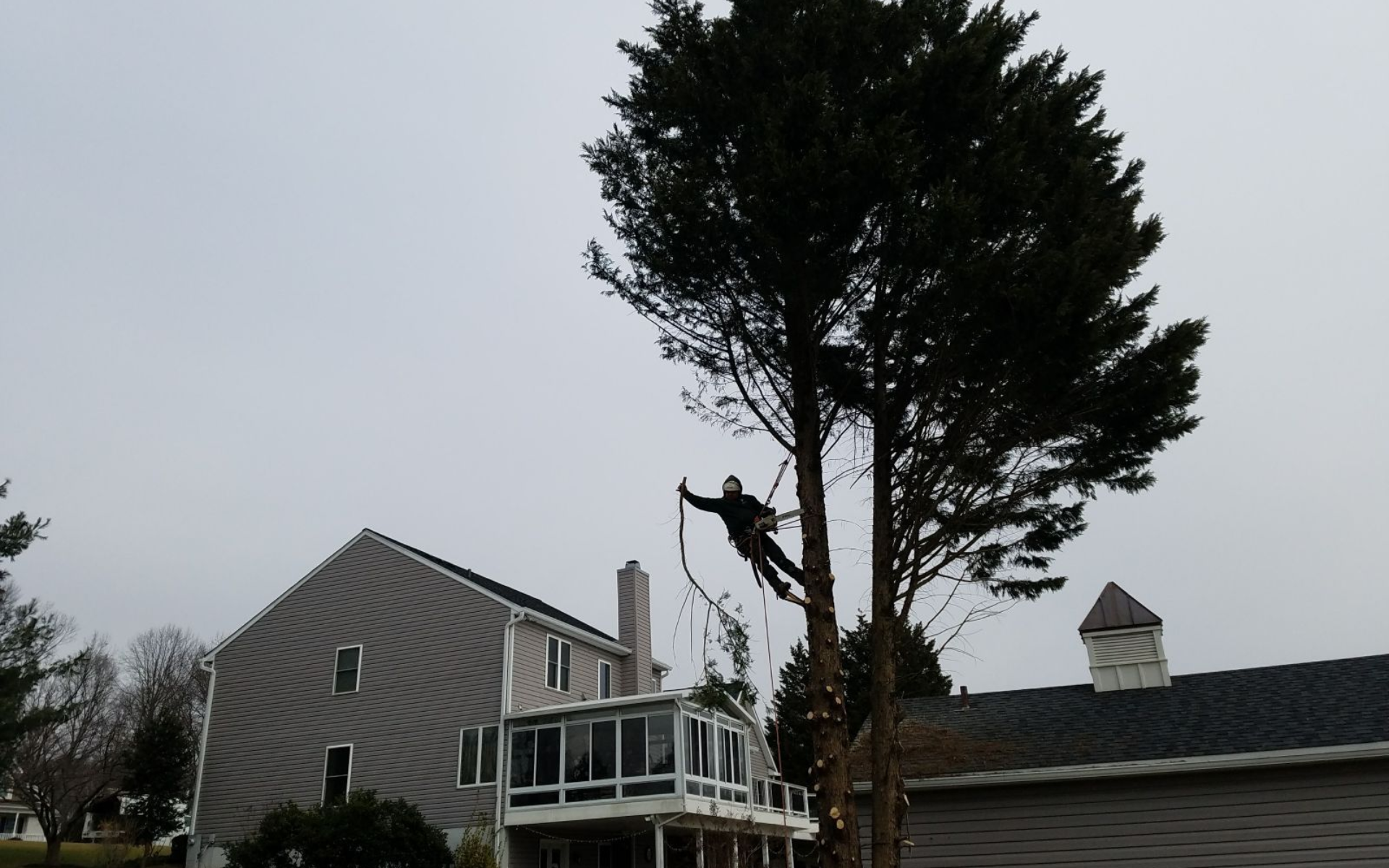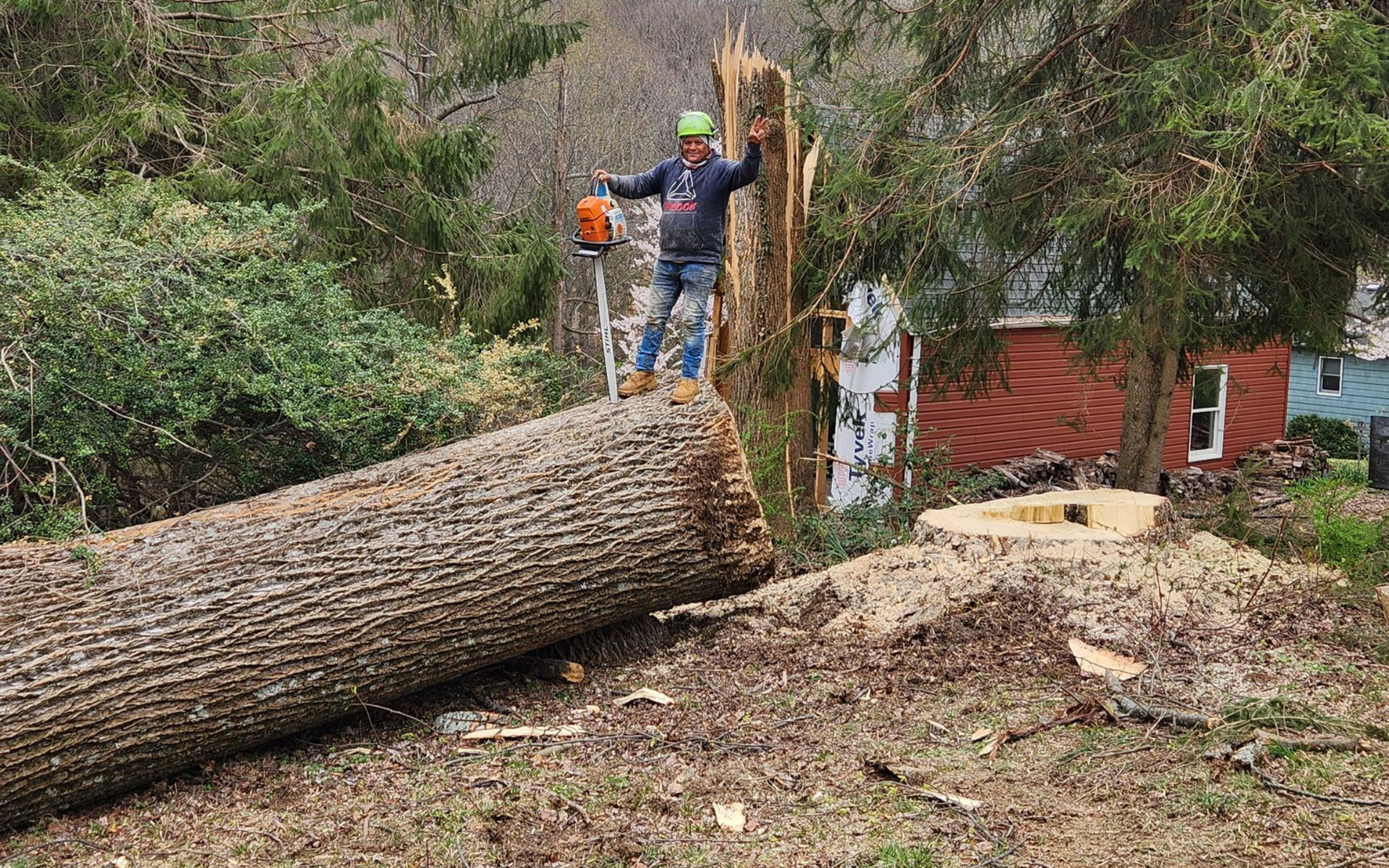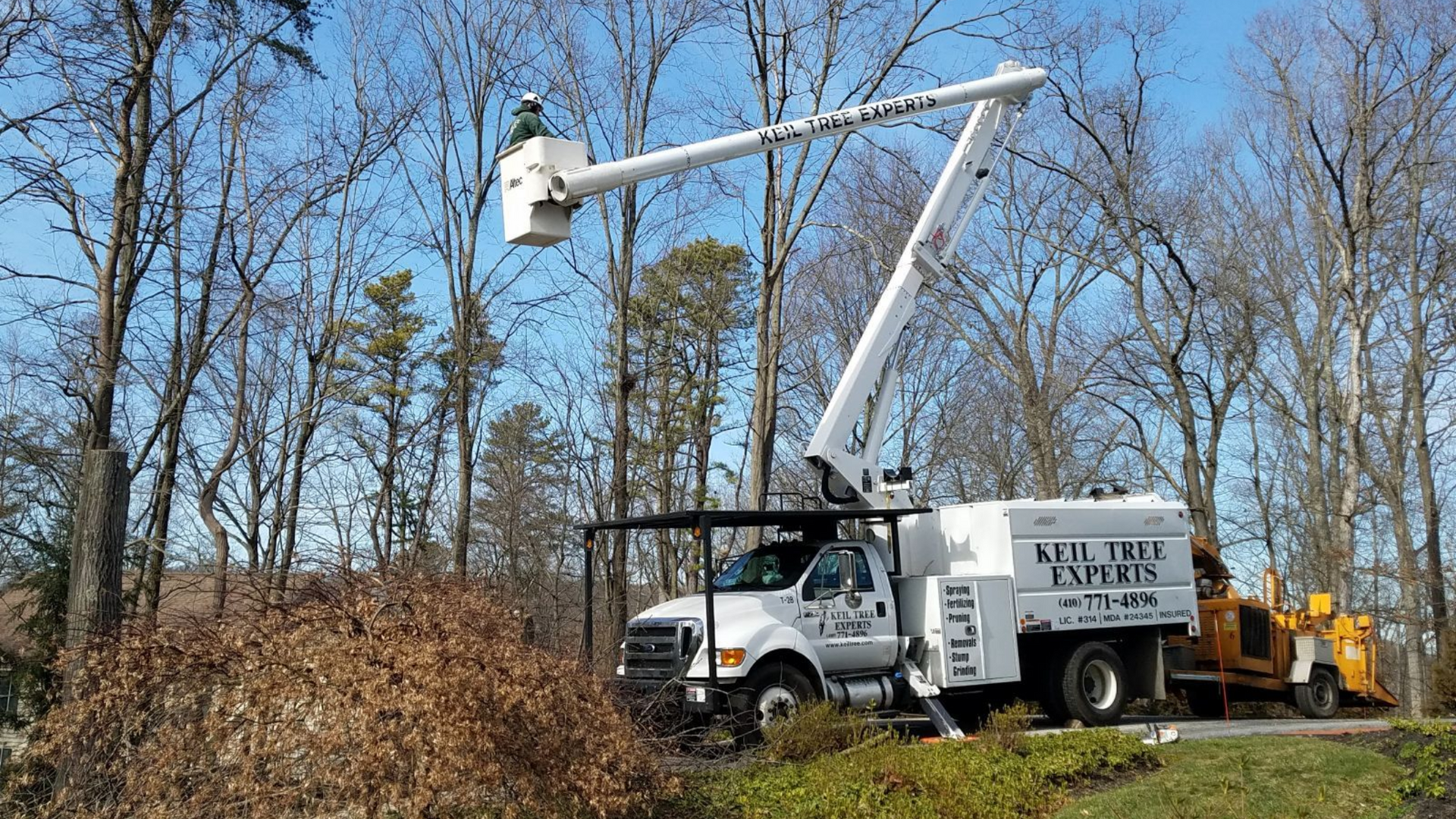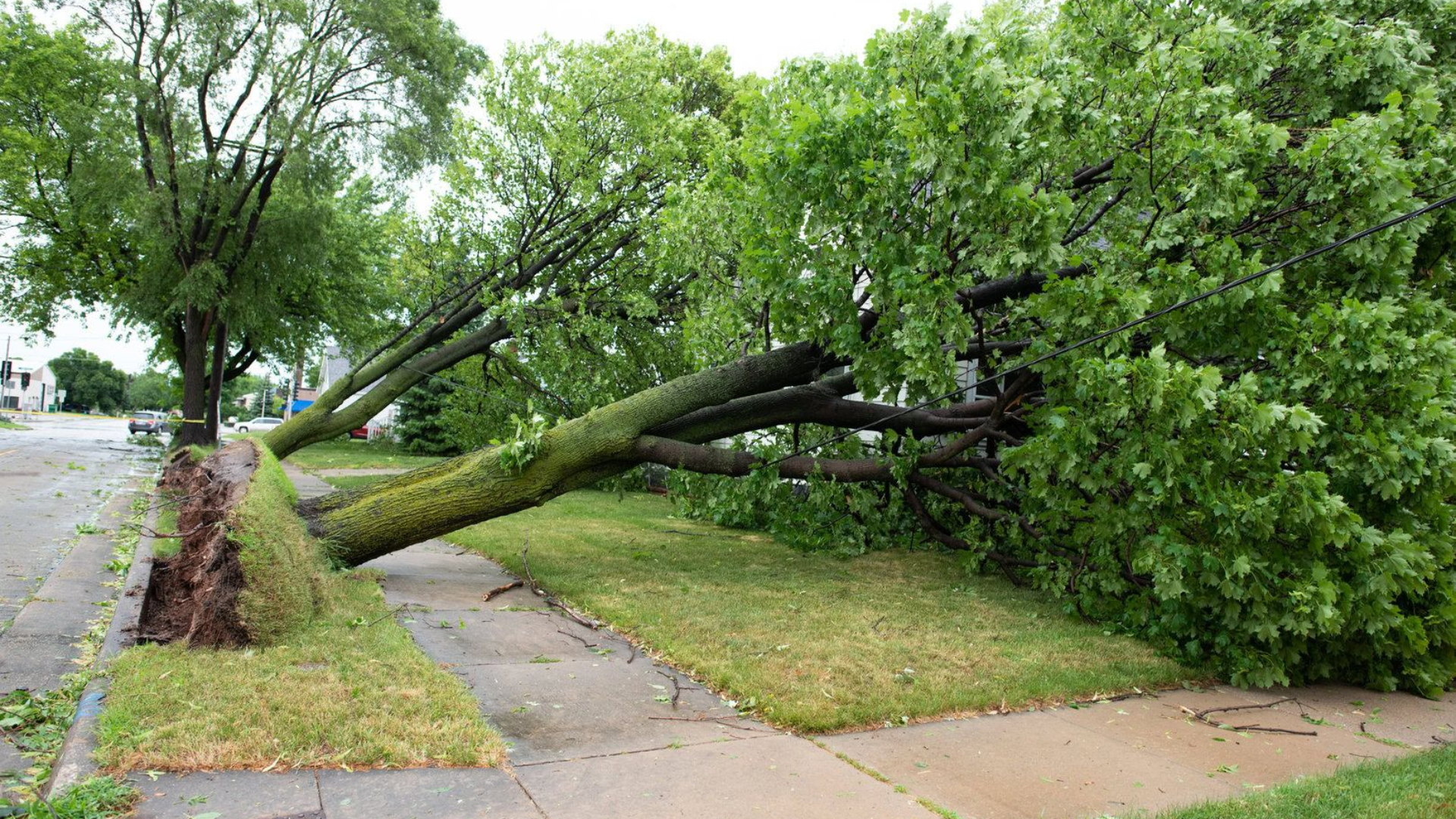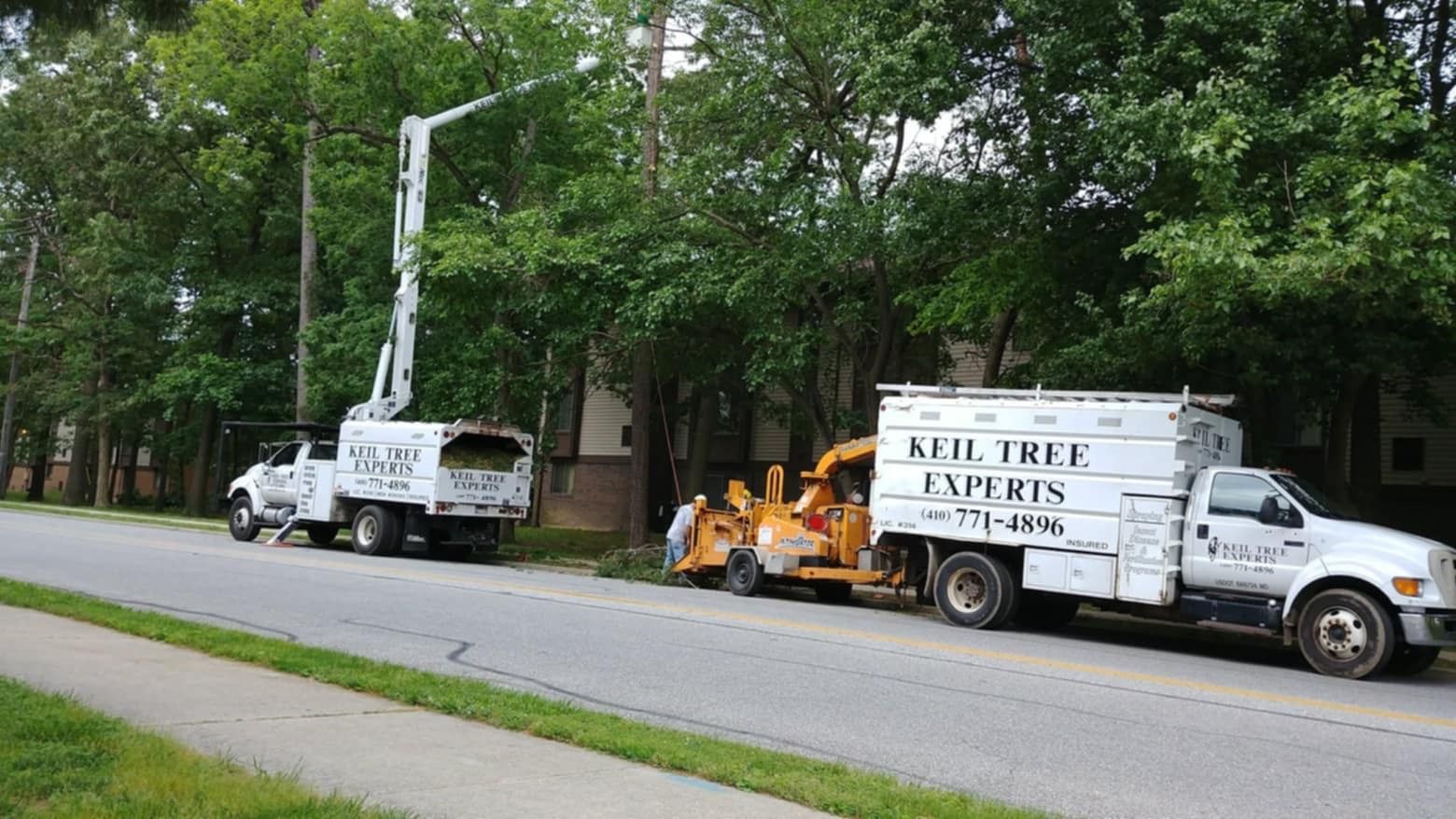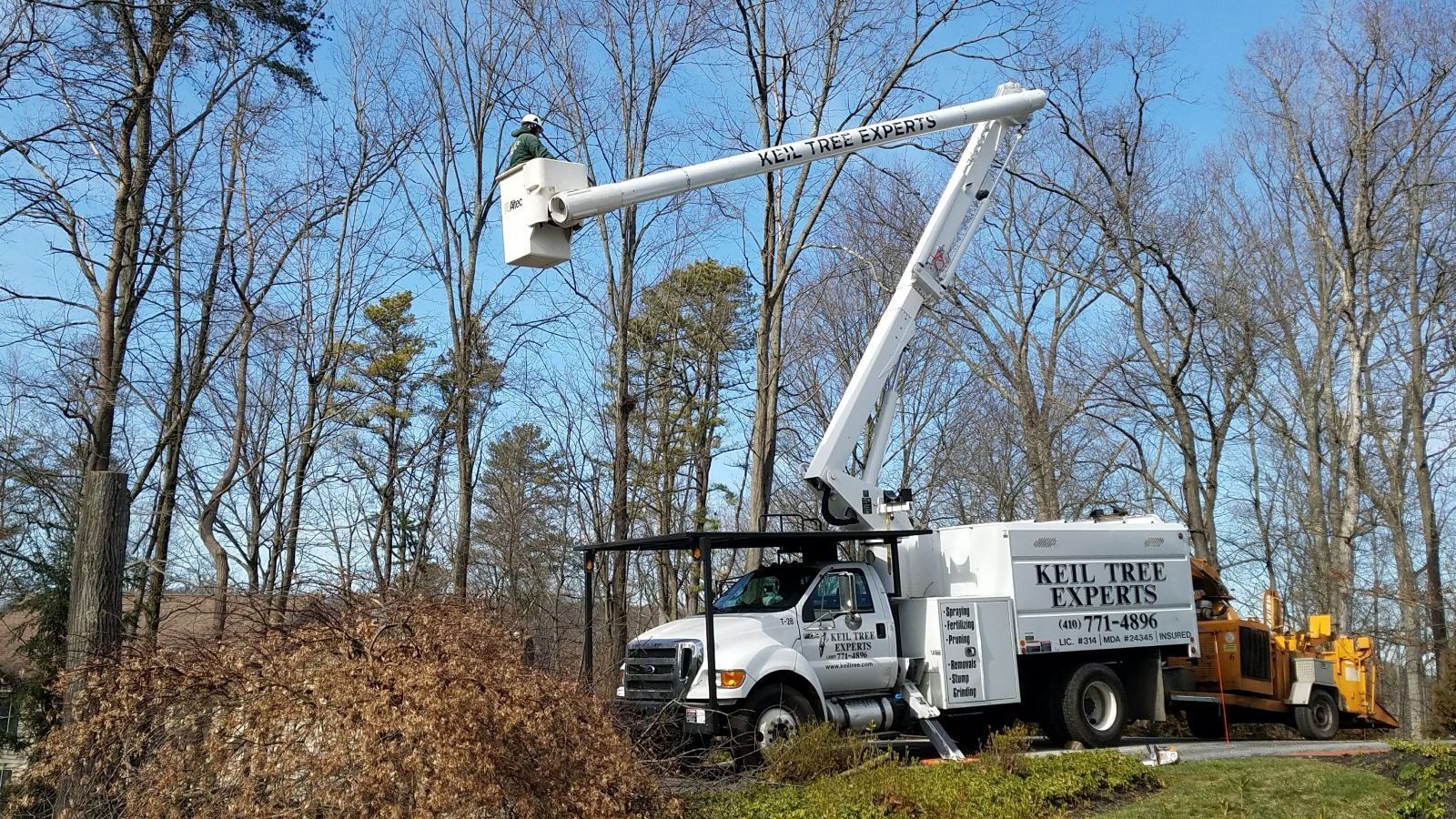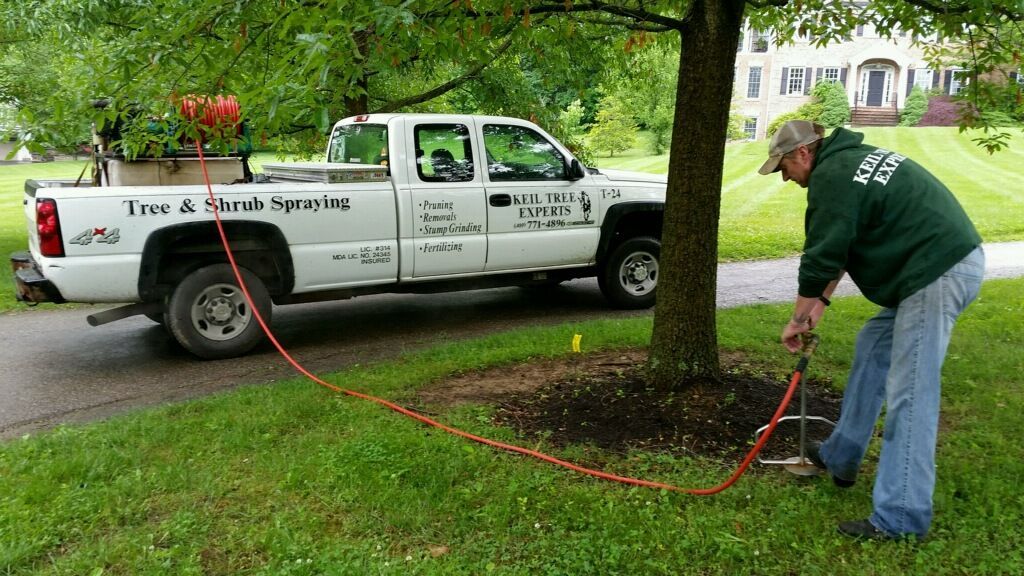How to Tell If You Need Tree Fertilization in Maryland
Guide to Tree Fertilization in Maryland
Healthy trees are an essential part of Maryland’s beautiful landscapes, providing shade, improving air quality, and enhancing property value. To keep your trees thriving year-round, proper care is key — and fertilization plays a vital role. But how do you know if your trees actually need fertilization? Understanding the signs and best practices can help you maintain vibrant, strong trees that flourish through every season.
In this guide, we’ll cover common signs your tree needs fertilizer, when to fertilize trees, and expert tips for successful tree fertilization in Maryland.
Why Tree Fertilization Matters
Trees require a balanced supply of nutrients to grow properly, resist diseases, and recover from environmental stresses like drought or storms. Essential nutrients such as nitrogen, phosphorus, and potassium support leaf development, root growth, and overall tree health.
In Maryland, factors like soil quality and urban pollution can sometimes deplete nutrients in the soil, leaving trees undernourished. Regular tree fertilization in Maryland helps replenish vital nutrients, supporting healthy growth and longevity. Without adequate nutrition, trees may struggle, become more susceptible to pests, and exhibit poor growth patterns.
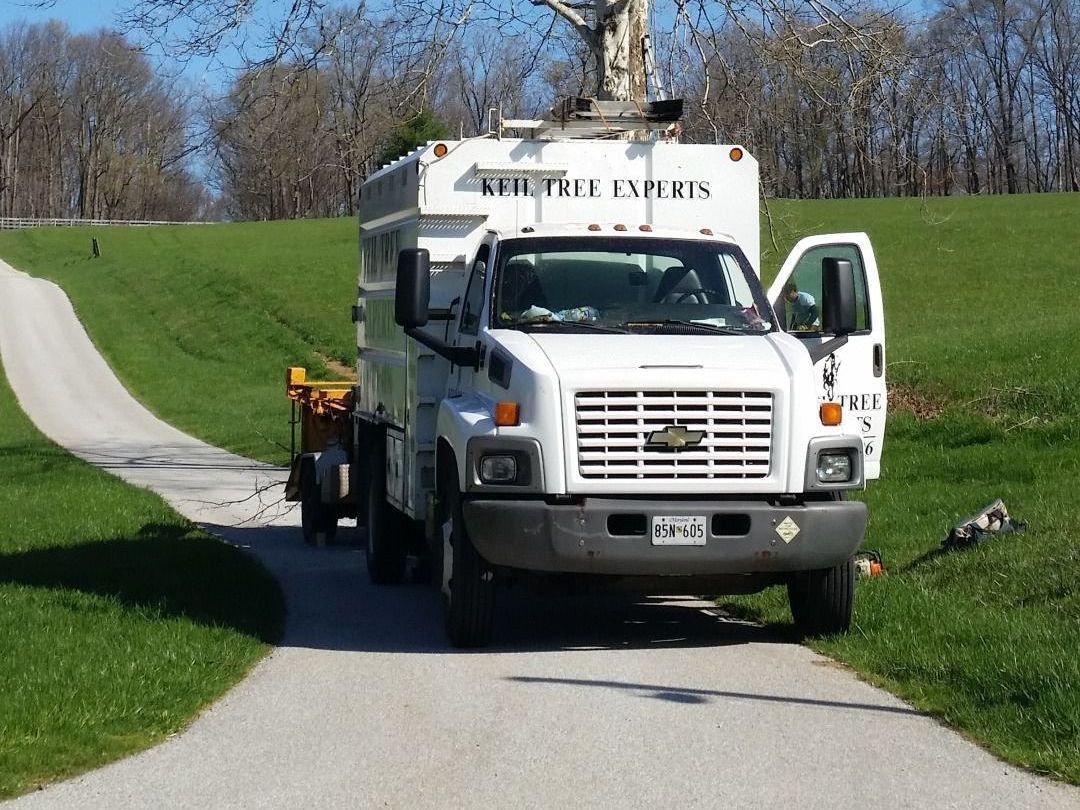
Common Signs Your Tree Needs Fertilizer
Recognizing the early warning signs that your trees need fertilizing can prevent long-term damage. Here are some common indicators:
- Yellowing or Pale Leaves: Nutrient deficiencies often cause leaves to lose their vibrant green color, turning yellow or pale. This is a classic sign of nitrogen deficiency.
- Poor Growth or Stunted Branches: If your tree’s growth slows noticeably or new branches appear weak and short, it could be a sign that the tree isn’t getting enough nutrients.
- Leaf Drop or Early Leaf Loss: Trees that shed leaves prematurely may be stressed from nutrient shortage or other environmental factors.
- Sparse Foliage or Thinning Canopy: A thinning canopy or sparse leaf growth reduces the tree’s ability to photosynthesize effectively.
- Weak or Brittle Branches: Nutrient-poor trees often have branches that break easily during storms or high winds.
If you notice any of these symptoms, it’s time to consider fertilizing your tree.
When to Fertilize Trees in Maryland
Timing your fertilization is crucial for best results. In Maryland, the ideal time to fertilize trees is typically during the early spring or late fall. These periods correspond with the tree’s natural growth cycles — early spring supports new growth, while late fall helps prepare the tree for dormancy.
Soil temperature plays a role as well. Fertilizing when the soil is still cool but not frozen ensures nutrients are absorbed effectively by the roots. Avoid fertilizing during the hot summer months, as this can stress the tree further.
For newly planted trees, fertilization schedules differ slightly; these trees benefit from light fertilizing shortly after planting and then again in their first few growing seasons.
Choosing the Right Fertilizer for Your Trees
Selecting the appropriate fertilizer is just as important as when you apply it. There are two main types:
- Organic Fertilizers: Made from natural materials like compost or bone meal, these release nutrients slowly and improve soil health over time.
- Synthetic Fertilizers: These provide a quicker nutrient boost but should be applied carefully to avoid over-fertilization.
Look for fertilizers that include a balanced ratio of nitrogen (N), phosphorus (P), and potassium (K). For Maryland trees, a common recommendation is an NPK ratio like 10-10-10 or 20-10-10, depending on soil tests and tree species.
Always read fertilizer labels to understand nutrient content and application rates.
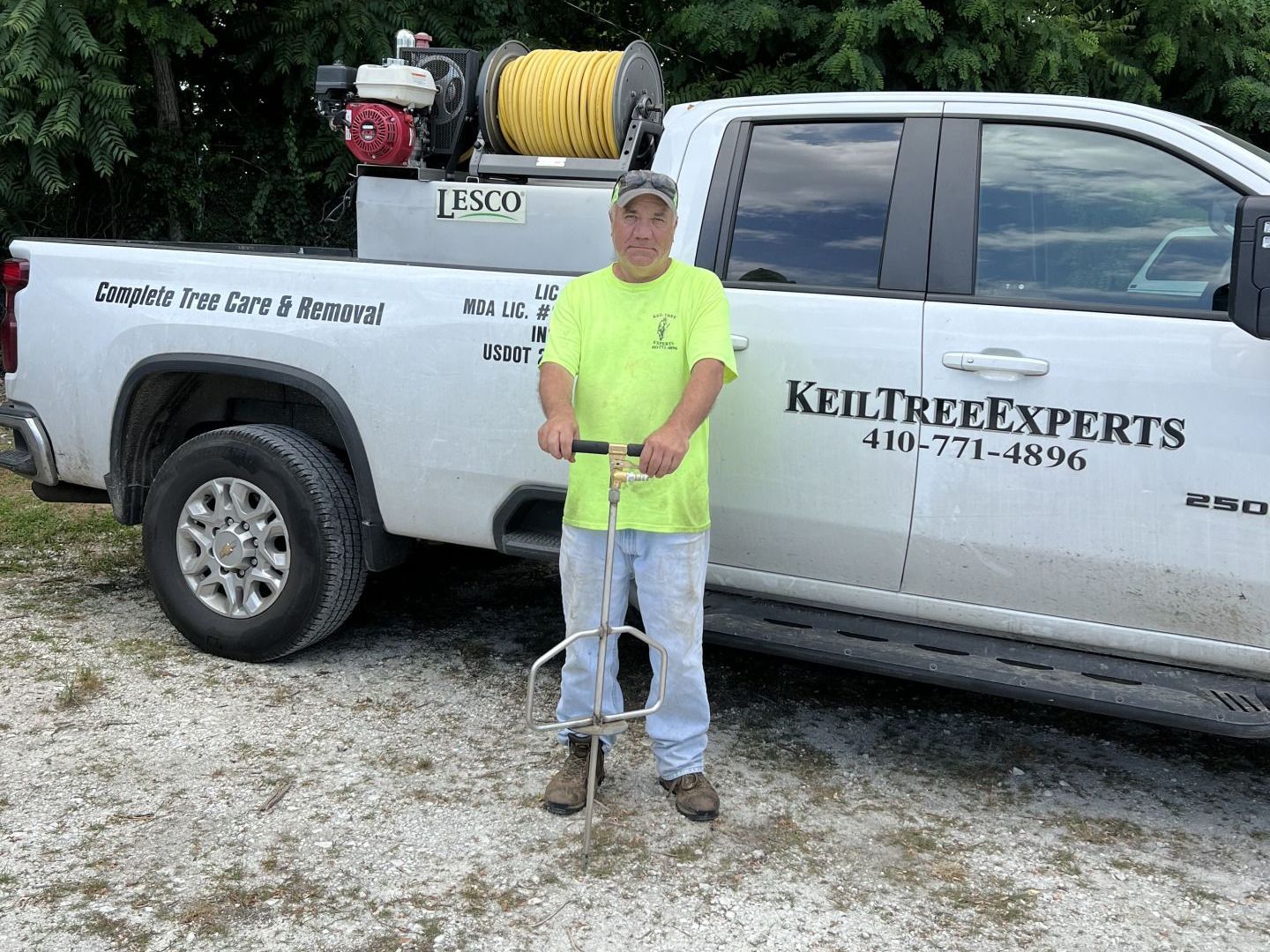
Tips for Fertilizing Trees Effectively
To maximize the benefits and avoid harming your trees, keep these tips in mind:
- Apply Fertilizer to the Root Zone: The roots absorb nutrients, so spread fertilizer evenly around the drip line (the area beneath the outer edge of the tree’s branches).
- Avoid Over-Fertilizing: Too much fertilizer can burn roots and damage your tree. Follow recommended application rates precisely.
- Consider Soil Testing: A soil test can help determine which nutrients are lacking and guide you to the right fertilizer.
- Use Professional Tree Fertilization Services in Maryland: If you’re unsure about the process or dealing with large trees, it’s wise to hire experts who understand local soil conditions and tree species.
Conclusion
Proper fertilization is a cornerstone of effective tree care in Maryland. By recognizing the signs your tree needs fertilizer and applying nutrients at the right time with the right products, you can help your trees stay healthy, resilient, and beautiful for years to come.
If you’re ready to give your trees the care they deserve, consider consulting professional tree fertilization services in Maryland. Expert care ensures your trees receive the precise nutrients they need — improving growth, boosting health, and protecting your investment.
Want professional advice or tree fertilization services?
Contact Keil Tree Experts today!


